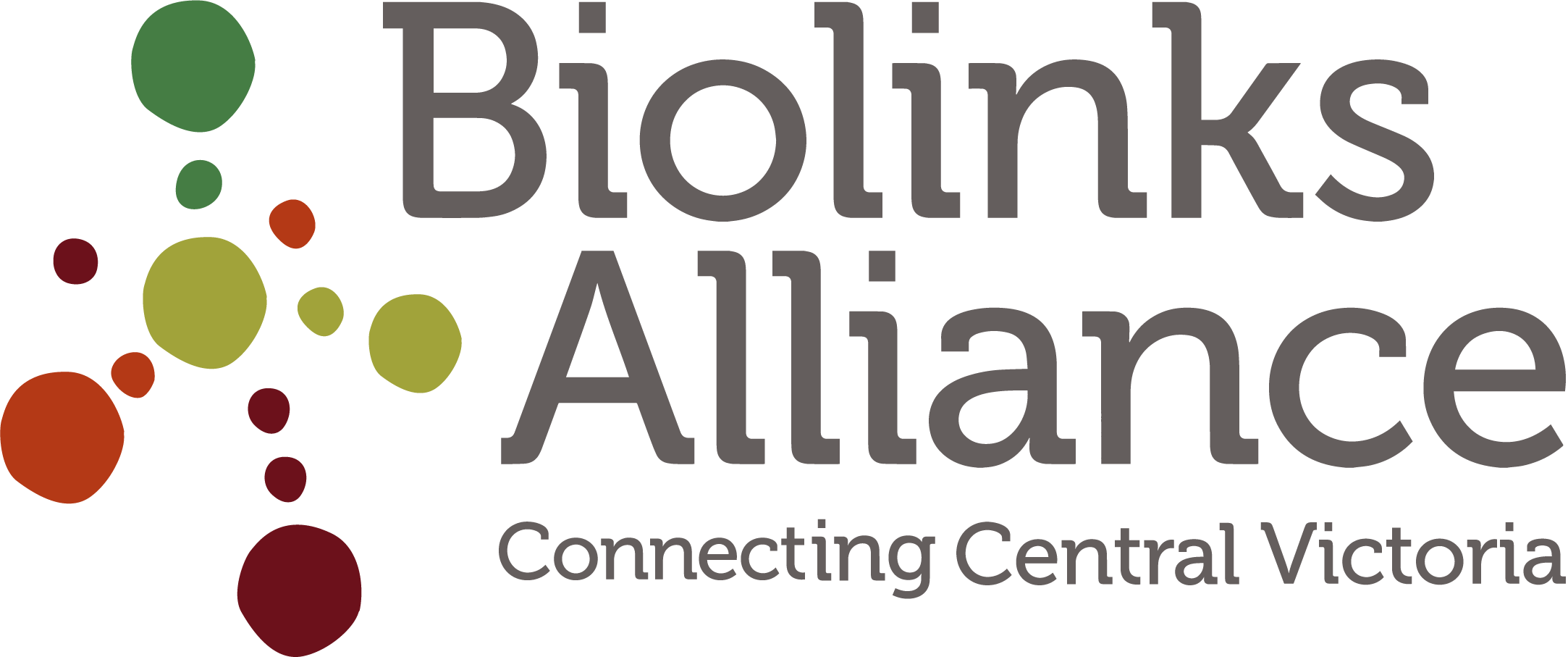On-the-ground works start at Spring Plains
Heathcote Local to Landscape pilot project
In a first of its kind in Victoria - we started on-the-ground works for our innovative 138 hectare large-landscape repair pilot project in the Spring Plains Nature Conservation Reserve (NCR) near Heathcote, Victoria, in June.
This comes after three years of planning, obtaining approvals and philanthropic funding, and wide consultation including with government, Traditional Owners, private sector and the community.
The Spring Plains Watershed Repair pilot project, on Taungurung country, looks to restore the health of the Box-Ironbark Forests of Peter’s Gully, using a unique combination of innovative and scientifically founded ecological repair techniques.
The landscape has been degraded by intensive gold mining, agriculture and forestry and is a vital winter migration habitat for critically endangered and incredibly beautiful swift parrots - “one of only two truly migratory parrots in the world”.
With the urgency of the climate and biodiversity crises upon us - since last month the Biolinks Alliance team has already completed 70 kms of careful contour ripping using a yeoman-style plow, constructed numerous ponds along the valley bottom and begun opening up the forest to increase the habitat for native animals on the ground.
This pilot project paves the way for a new approach to building climate resilience and restoring biodiversity in Goldfields landscapes at scale and speed, which the organisation can share and help adapt for use in other forests across the region.
“Helping to restore hydrological function to this forest, which is a local hotspot for threatened woodland birds like Swift Parrots, helps it to withstand a more variable, hotter and drier climate,” says Paul Foreman, Biolinks Alliance Ecologist, and a driving force behind this project.
“It’s an example of a cutting-edge and pragmatic approach to repairing damaged ecosystems, helping them adapt to climate change, and preparing native wildlife habitat for a drier future.”
Using our own ecological expertise and the scientific learnings from pilot projects such as this one - we are building the ecological literacy, skills and knowledge of Central Victorian communities, landholders and farmers to enable high-quality landscape-scale conservation to be rolled out across our region.
“With Central Victoria still having as many native species as the whole of Europe – and despite Victoria being the most cleared state in Australia – we still have time to prevent further extinctions and protect our unique environment, if we collaboratively work together and act now,” says Paul.
Thanks to a recent seeding day with volunteers, a variety of native grass seeds, with a focus on red-anther wallaby-grass (Rytidosperma pallidum) have also been sowed - a key driver of bottom-up ecosystem function with this forest.
That’s us - grassroots conservation (partnering with communities, governments, Traditional Owners, farmers and other landholders) to deliver impact at scale and speed. See how you can get involved.
This project has been made possible by the support of private donors and the Ross Trust who funded the initial stages of the project, and drew in support from the Naturefund to get it over the finish line.
